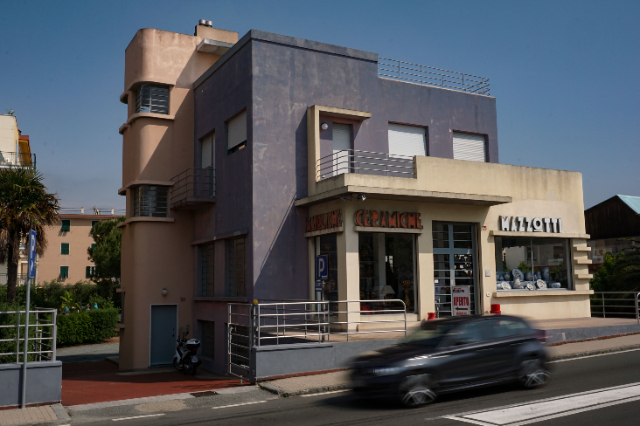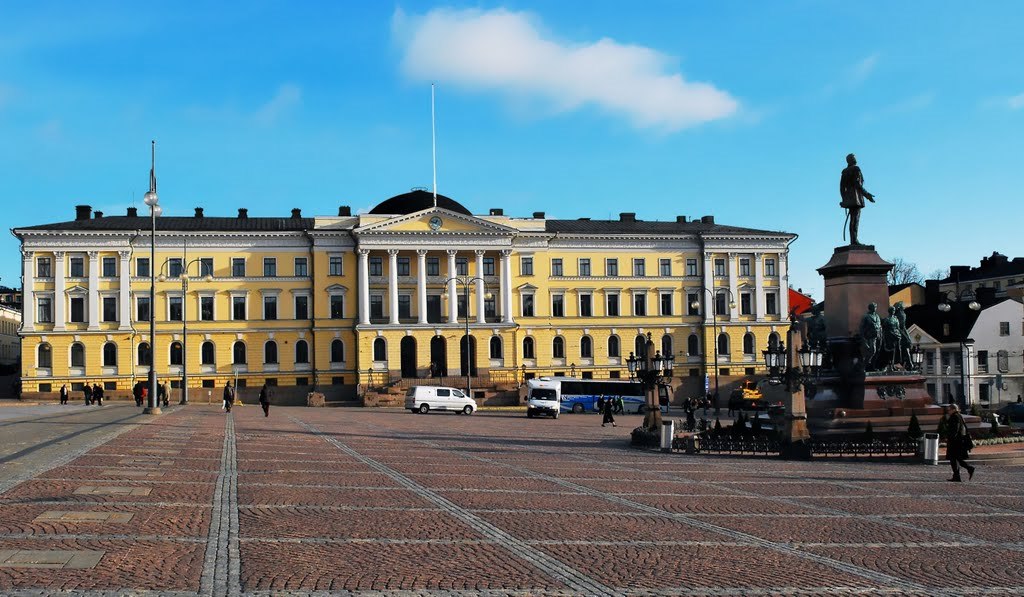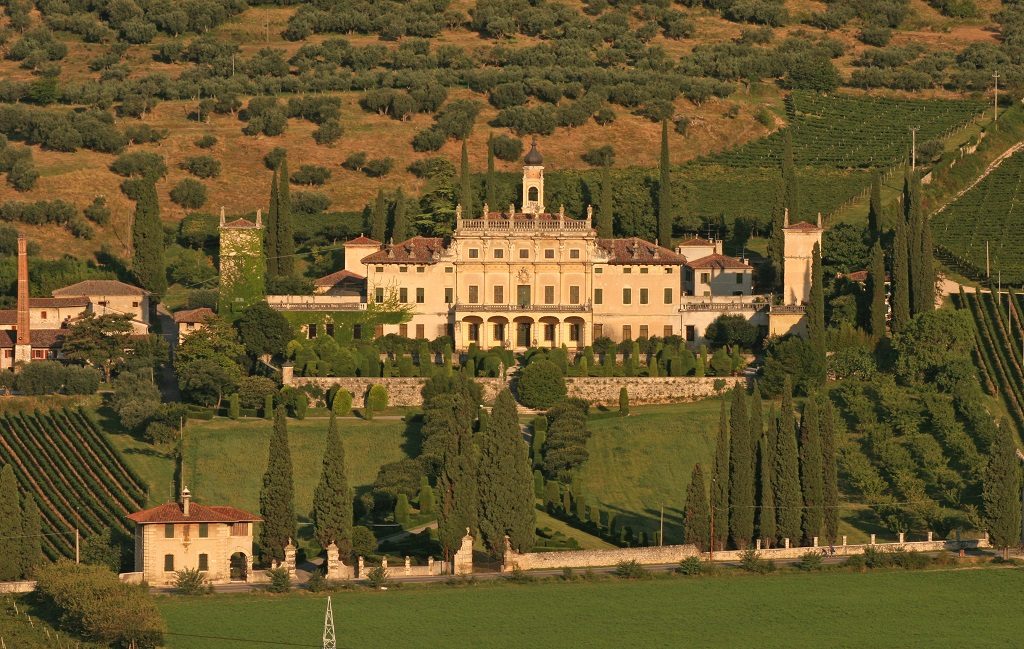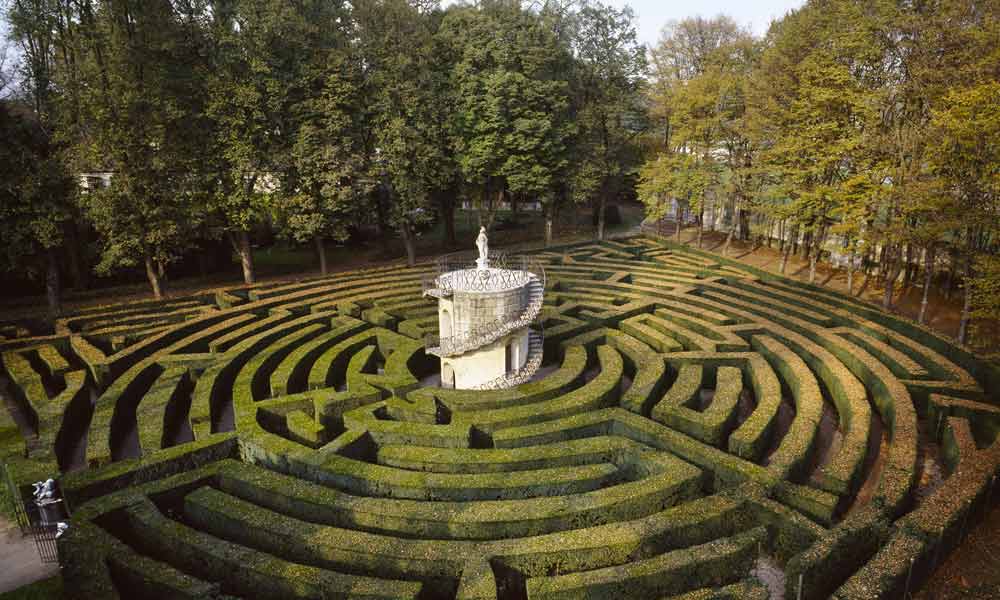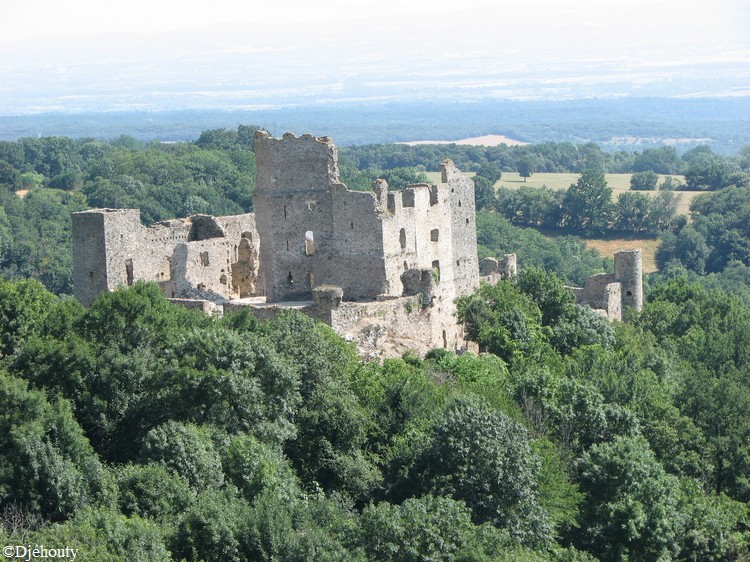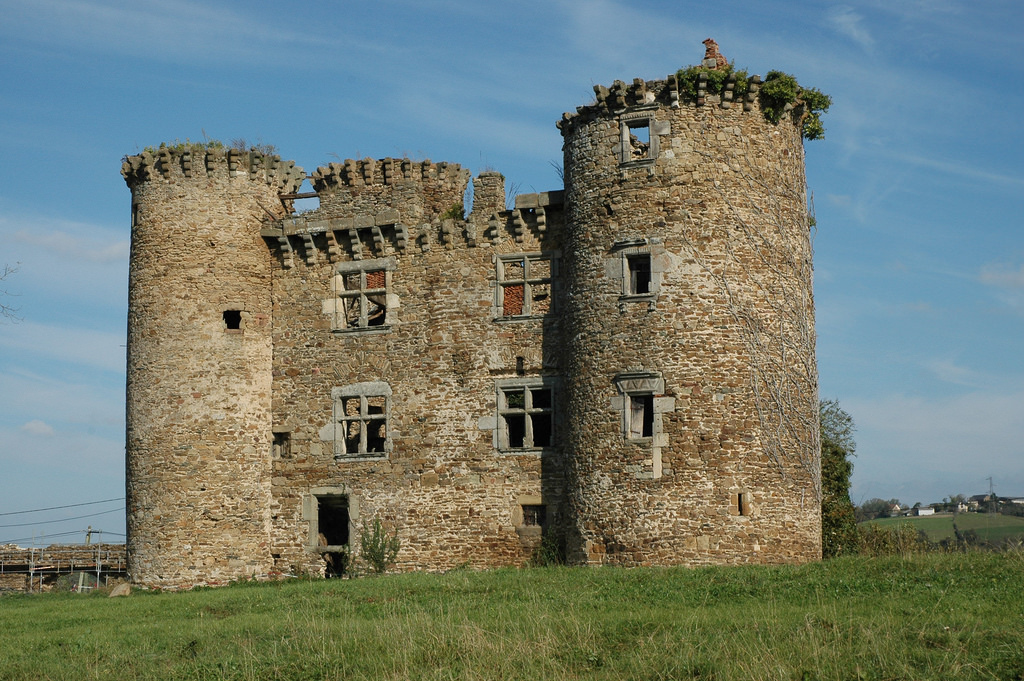Those walking along the artists’ promenade in Albissola Marina, among the mosaics of Jorn, Capogrossi and Fontana, cannot help but notice a building bearing the name "Ceramiche Mazzotti." This building stands out for its gently curved but sharply contrasting volumes, its surfaces dotted with windows, canopies and balustrades of different sizes and shapes, and its colors that blend with the atmosphere of the waterfront.The Mazzotti House was designed in the early 1930s by Bulgarian architect Nicolaj Diulgheroff with the aim of uniting in a single building the residence, atelier, and store of Tullio Mazzotti, founder of the ceramics workshop of the same name. This building represents a unique example in European architecture: in fact, it is the last example of a futurist-style dwelling that has survived intact to the present day.The design of this residence was and continues to be avant-garde in its conception and realization: a place to reconcile life and work, natural and creative cycles. Diulgheroff’s design, influenced by the futurist spirit, permeated every aspect of the building: from the patterns of the floors to the store’s display shelves, details that can still be appreciated today.Tullio Mazzotti, also known as Tullio d’Albisola, is most recognized by his pseudonym, suggested to him by Marinetti. Under this name he signed his ceramics, sculptures and poems that made him a prominent figure in the history of Italian art. The Ceramiche Mazzotti kiln, the heart of this fusion of art and life, was an element of continuity between the second futurism and the spatialist, informal and nuclear experiments of the 1950s and 1960s, involving artists such as Depero, Martini, Fontana and Manzoni.Even today, almost a hundred years later, Casa Mazzotti performs all the functions for which it was conceived: it is the Mazzotti family home, a workshop, a store, and now also an archive dedicated to Tullio d’Albisola.
